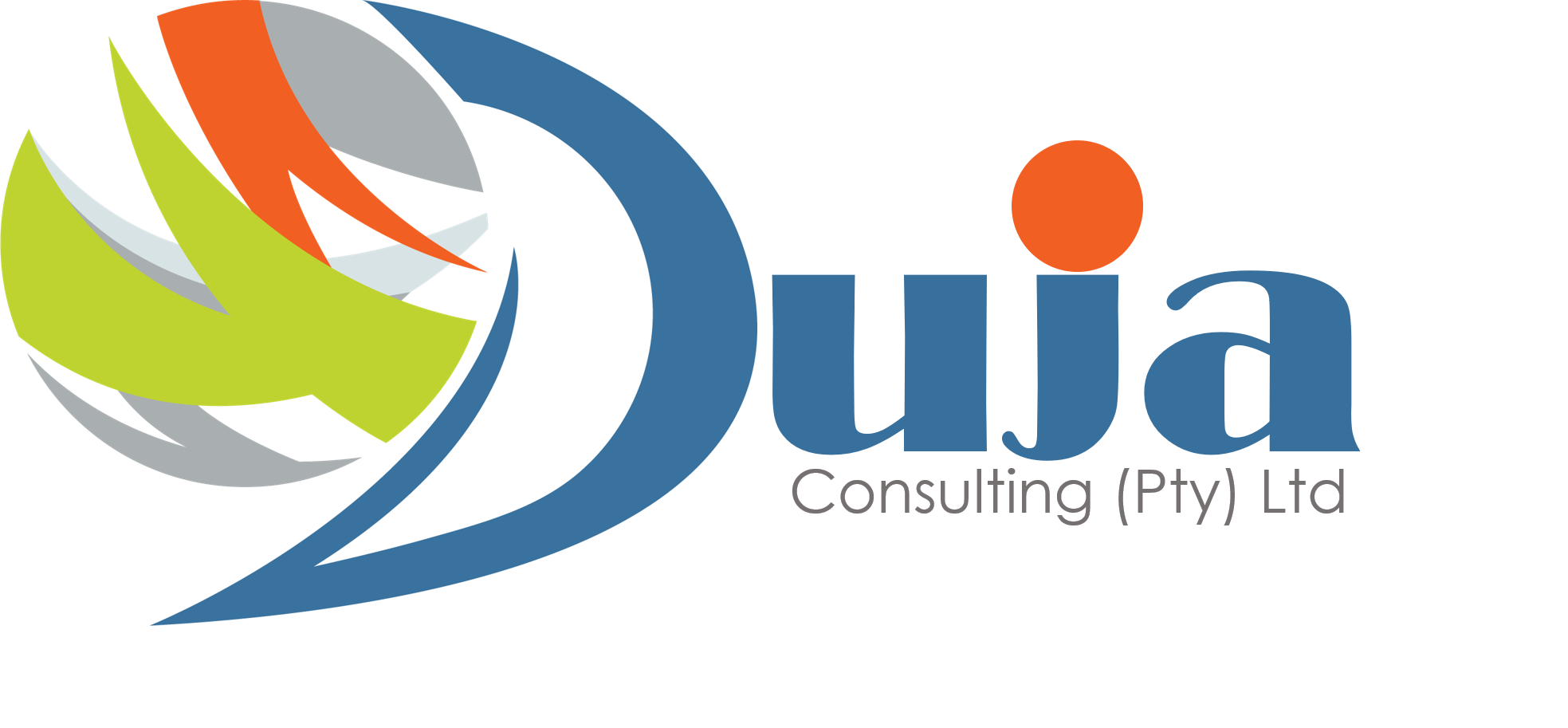Forensic Audits as Decision, not Blame Tools

Most organisations treat a forensic audit as a fire extinguisher: break glass, point at the flames, move on. A better mental model is decision instrumentation. When leakage is suspected—duplicate payments, conflicted suppliers, ghost employees—the question is not “who’s guilty?” but “what is true and what follows?”
Three lenses help: pattern (isolated error or recurring signal), opportunity (control gaps that made it easy), and intent (negligence, recklessness, or design). Truth changes decisions: provisions on the balance sheet, disciplinary steps that actually stand up, and control redesign that outlives personalities. If a sceptical outsider read your file tomorrow, would they see a rush to judgment—or a chain of reasoning from evidence to action?
Resist premature narratives. Pre-mortem the investigation: if your conclusion were wrong, what data would disprove it? Build your case to survive that test. This stance replaces noise with clarity, ensuring that whatever you learn pays dividends far beyond a single matter.


